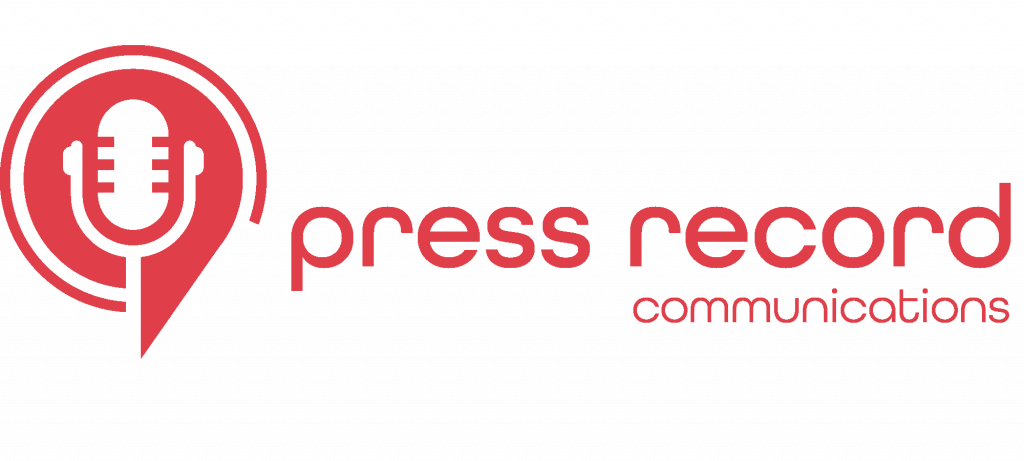Media relations is a foundational component of any PR professional’s skill set, and there are many facets to becoming proficient at it. Relationship-building, writing, storytelling, and selling are just a few of the elements that you need to weave together well when interacting with the media. To help separate yourself from the pack, we’ve outlined three core best practices and tips for building and managing a strong media relations strategy.
Fighting the Numbers
Statistics for the media and public relations industries find that there are six PR professionals for every journalist, meaning that there is more competition for client opportunities and coverage. Therefore, reporters must scrutinize the stories and angles that they pursue. To rise above the noise and increase your chances of developing a rapport with journalists and getting your stories placed, here are a few approaches that fly below the radar but are equally important:
- The Importance of Subject Lines – A strong subject line is incredibly important when pitching reporters, since subject lines will serve as their first reaction with your story and if it’s worth opening or not. It’s no secret that journalists receive an overwhelming volume of pitches daily, and a strong subject line can make or break your contact opening it or ignoring it. For example, if it’s breaking news, mention the news in the subject line so taht the reporter understands immediately that you can provide value and there’s an expiration date on the angle. In addition, you can use a subject line to show reporters that you’ve read their work by putting ‘In Response To’ followed by the title of a recent story.
- Pitch at the Right Time – Understand the media landscape and how journalists in each medium operate. It’s commonly known that news doesn’t sleep, meaning media professionals are working at all times. Therefore, understanding when reporters are open and looking for stories will give you a competitive advantage over other PR professionals. While not a perfect science, TV and radio producers prefer overnight pitches – around 2:00am or 3:00am – when they’re planning their shows for the morning. Print and online reporters have a more sleep-friendly schedule, but it’s best to send your pitches or get in touch with reporters before 9:00am. For more modern media targets, such as bloggers, influencers, and podcasts, pitch at your discretion since their digital properties might not be their day job, and it will generally take them more time to respond or get in touch with.
- Be Conscious of Links in Emails – Email service providers (Outlook, Gmail, etc.) are cracking down on unsolicited emails, and one of the factors that determines this is links included in emails. It’s customary for PR professionals to include links in emails for press releases, backlinks to your client’s website, and a host of other reasons. To ensure that your pitches reach your contacts’ inbox instead of their spam folder, your original pitch should be completely text-based, offering to follow up with sharing links in the next message. Alternatively, you can touch base with your IT team or go into your email settings (if you’re savvy regarding backend email setup) to see if your email address is set up properly or can be updated to appropriately distribute links.
PR professionals are navigating an industry marked by intense competition and scrutiny, forcing them to expand beyond traditional methods to build a strong media relations strategy. Focusing on creating attention-grabbing subject lines, realizing when the best time to pitch is, and making sure your emails land in their inbox instead of spam will separate you from a sea of communications professionals.
For more, visit pressrecord.co, follow us on Linkedin, sign up for our newsletter, or contact us with any questions.


